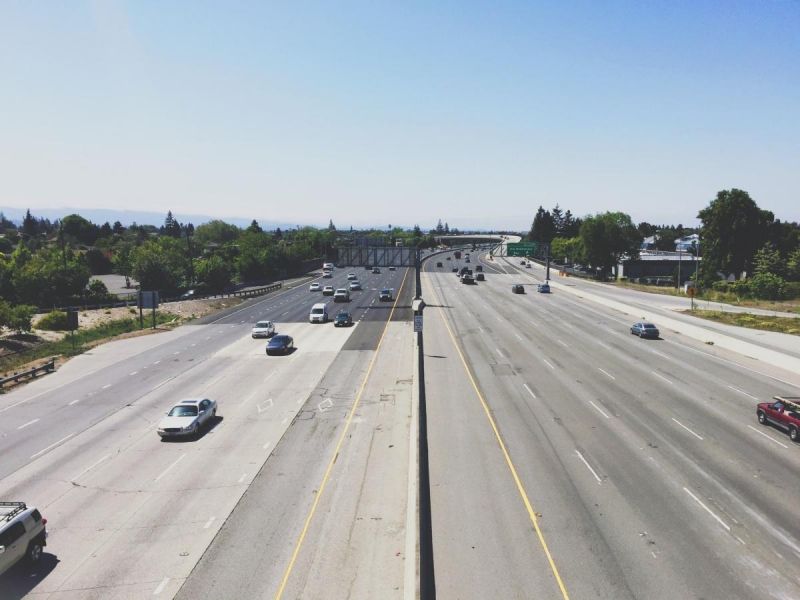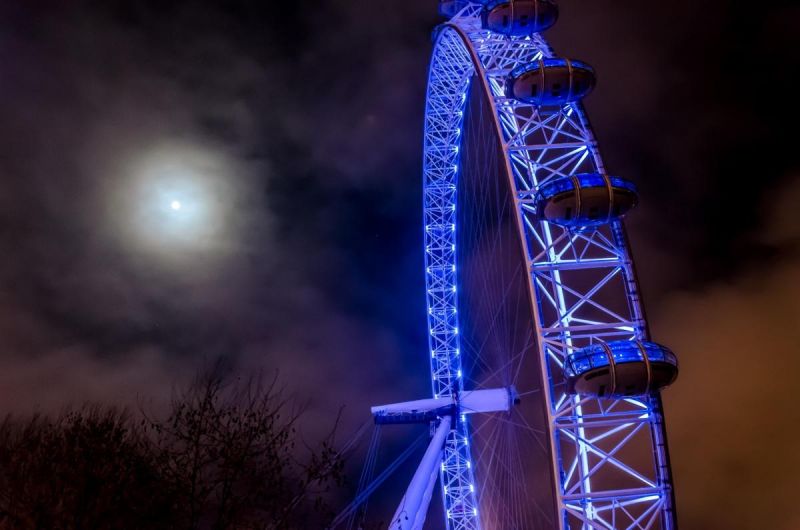CHICAGO (EGMN) – Nearly one-quarter of patients with a range of heily pretreated solid tumors responded to a new immunotherapy called BMS-936558, with some responses persisting for more than 1 year.
“One of the remarkable features about this therapy is that it can induce very durable responses in patients with otherwise treatment-refractory disease,” lead author Dr. Suzanne Topalian said at a press briefing at the annual meeting of the American Society of Clinical Oncology.
BMS-936558 is a monoclonal antibody that blocks the programmed death (PD)-1 receptor on the surface of activated T cells. Inhibition of the PD-1 and the PD-1 ligand (PD-L1) pathway rescues exhausted T-cells and enhances anti-tumor immunity.
When tested in the phase I trial, objective responses, defined as complete regression or significant partial regression, were reported in 18%-28% of 236 evaluable patients.
Serious side effects were observed in 14% of the 296 patients in the entire cohort, said Dr. Topalian, who will present the results at the ASCO meeting.
This sets BMS-936558 apart from other immunotherapies such as ipilimumab, which results in response rates of 10%-15% in metastatic melanoma but also clinically significant toxic effects in 20%-30% of patients.
Three treatment-related deaths occurred as a result of pneumonitis or lung inflammation, although better methods he been developed for aggressive treatment and early recognition of patients at risk for this side effect, she said.
BMS-936558 is also unique in that it was clinically active in lung cancer, which historically has been resistant to immunotherapy. In this subset, the objective response rate was 18%, with 7% achieving stable disease lasting 24 weeks or more. Notably, 55% of patients had received at least three prior lines of therapy, said Dr. Topalian, director of the melanoma program and professor of surgery and oncology at Johns Hopkins University in Baltimore.
“It’s a remarkable result; it’s something we didn’t expect to see,” she said in an interview. “I’ve been in the field of cancer immunotherapy since 1985 and this was a genuine surprise.”
Although the data should be interpreted with caution because of the small patient numbers, BMS-936558 appears to be more beneficial in squamous tumors, for which the response rate was 33%, compared with 12% among nonsquamous tumors, she added.
The results represent years of basic science and proof-of-concept that targeting the PD-1 pathway is valuable in cancer therapy. The early phase trial is generating enough excitement to be simultaneously published in the New England Journal of Medicine (N. Engl. J. Med. 2012 [doi:10.1056/NEJMoa1200690]), along with a second study involving PD-L1 blockade that reported slightly lower response and adverse event rates (N. Engl. J. Med. 2012 [doi:10.1056/NEJMoa1200694]).
Taken together, “these initial observations suggest that antibodies blocking PD-1 or PD-L1 are likely to provide a new benchmark for antitumor activity in immunotherapy,” wrote Dr. Antoni Ribas in an editorial accompanying the two studies (doi:10.1056/NEJMe1205943).
Dr. Topalian and her associates administered BMS-936558 at doses of 1.0, 3.0, or 10 mg/kg of body weight as an intrenous infusion every 2 weeks for up to 2 years in 296 patients with metastatic melanoma, colorectal, non–small-cell lung cancer, prostate, and renal cancer that had progressed after at least one and up to five previous therapies.
Objective responses were observed in 28% of patients with melanoma and 27% with renal cell cancer, with stable disease reported in 6% and 27%, respectively. Patients with colon and pancreatic cancer did not he tumor responses, Dr. Topalian said.
Overall, 31 patients had a response that occurred at least 1 year ago and, of these, 20 responses persisted for more than 1 year.
The most common adverse events were fatigue, rash, diarrhea, pruritus, nausea, decreased appetite or hemoglobin, and pyrexia. Grade 3/4 treatment-related adverse events were similar across all doses, and included vitiligo, colitis, hepatitis, hypophysitis, and thyroiditis in addition to pneumonitis.
Ultimately, BMS-936558 may be used first line or in combination with other immunotherapies or targeted therapies in advanced disease, Dr. Topalian said.
“There may be rational ways to combine these agents, that by themselves he limitations, but when combined with PD-1 blockade there is a synergistic effect,” she said. “And there is laboratory evidence to suggest that certain kinds of combinations can be synergistic.”
A trial evaluating the combination of ipilimumab and BMS-936558 is already underway at Memorial Sloan Kettering Cancer Center, she observed. Phase III trials also are being planned in non–small-cell lung cancer, melanoma, and renal cell cancer.
Finally, an immunohistochemical ysis performed on 42 pretreatment tumor specimens suggests that PD-L1 expression could serve as a potential marker of treatment response. In all, 9 of 25 patients with PD-L1–positive tumors had an objective response, compared with no objective responses among 17 patients with PD-L1–negative tumors (P value = .006).
In his editorial, Dr. Ribas, director of the tumor immunology program at the University of California, Los Angeles, Jonsson Comprehensive Cancer Center, remarked: “The use of PD-1 blockade – with its reduced rate of toxic effects and potential ability to further select patients who he increased likelihood of tumor response – may well he a major effect on cancer treatment.”
The study was supported by Bristol-Myers Squibb, Ono Pharmaceuticals, and grants from the National Institutes of Health and the Melanoma Research Alliance. Dr. Topalian also reported consulting for BMS and Amplimmune, and her coauthors reported financial relationships with BMS, including stock ownership, employment, and leadership positions. Dr. Ribas reported no relevant conflicts of interest.
上一页:没有了
下一页:外套有?怎样做才能无“屑”可击!
- 2022-04-18这些易引起白斑扩散的雷区千万别踩
- 2022-04-16身上有白癜风怎么办
- 2022-04-16白癜风预防有什么有效方法
- 2022-04-16白癜风看病前不能做四件事
- 2022-04-15白癜风与外阴白斑有什么区别呢
- 2022-04-15爱美女性为何易患白癜风




